I really appreciate all the support, I truly do. I am referring to the kind and thoughtful comments responding to my previous post.
This morning I was lying in bed just before sunrise with the New York Times on my iPad. I was reading an amazing story of Auschwitz survivors, a guy and a girl, who fell in love in the concentration camp, and, against all odds survived. They planned to meet in Warsaw if they survived, but it didn't work out. They finally met again only very recently in New York City. What struck me was that they were artists. She was a graphic designer, and he was a singer. Their respective arts skills played crucial roles in their survival.
It got me thinking about the role that art plays in our lives.
Susan and I collect art. It's a little bit of a joke in the family: whether we are running out of wall space (we aren't). We don't have the means to invest in major league art. Maybe not even minor league art. We are both drawn to artists who create art that isn't strictly figurative, tending towards some form of abstraction. It's hard to explain.
I want to learn art appreciation. What differentiates good art? I distinctly remember being blown away by a Riopelle abstract painting that was absolutely stunning. There was nothing figurative about it. You can go to Homesense and find abstract works for $100. That 'art' may even be overpriced.
Susan and I typically spend quite a bit more for the art we buy, in the very low four figures. Definitely minor league.
The burning question is, what makes art good and worth owning?
The answer I have so far is basically unhelpful. My measure is that art I consider to be 'good' is art that stands the test of time. In other words, I liked it when we bought it, and many years later, the painting still works for me. 'Bad' art, tends to lose its appeal quite quickly. Like the abstract Susan and I bought when we were first married. We liked it when we bought it, obviously, but within mere months we began calling it the 'pizza'. The Pizza didn't follow us to our second apartment.
Back to this morning reading the New York Times in bed.
I went from the couple from Auschwitz to John Farago's column discussing the infamous duct tape banana sculpture by Maurizio Cattelan. Mr. Farago is an art critic with a serious international reputation. Really? A banana duct taped to a wall is serious art? As I read, I was beginning to worry that all abstract or cutting edge art might all be bullshit. How sad would that make me?
So I dug into John Farago, and that took me to the Hidden Noise podcast, and a panel he moderated about how modern art intersects with blockchain. Blockchain? Now I was really concerned.
It turned out that the panelists were really very interesting. Extremely knowledgeable and thought provoking. The best by far was Sarah Meyohas and her Bitchcoin project.
In the end, my early morning reading (and listening), far from convincing me that modern art is all bogus trash hyped by vacuous and pretentious curators and critics, definitely had the potential, when it was 'good' art, to inspire me, and could certainly stand the test of time.
So much for other people's art.
What about my art?
What about my posts, what about my videos? Are they art? To me they are. Do they pass my crude test of time?
I sometimes go back to read posts I've written, or to watch my videos. I expect to wince and cringe. Often I don't. I often find I still like things I wrote years ago. My videos are still crude, and aren't close to good art, not yet, anyway.
As I lay in bed I found myself editing a video in my mind out of the footage I shot over the summer and fall. I was beginning to feel inspired.
Susan and I discussed the question of good and bad art over breakfast. I now think that what makes any art form 'good' is the degree to which it conveys a message beyond the colours, the shapes, the strokes, the words, the notes, the tune, the lyrics, the scenes, and the dialogue. Like Take five, Dave Brubeck's classic composition that I fell in love with when I was a kid. I still pause and listen when I hear it. It moved me then, and it moves me now.
Now I need to find a path back to a place where I find the time to indulge the artist in me.

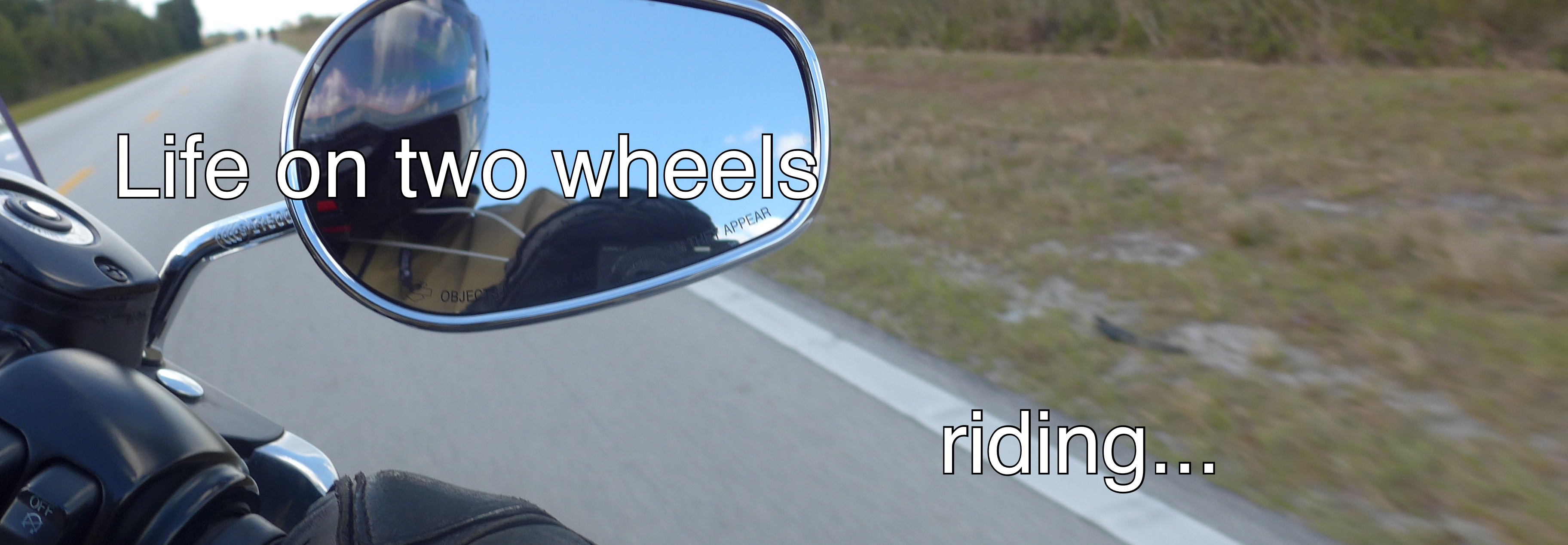
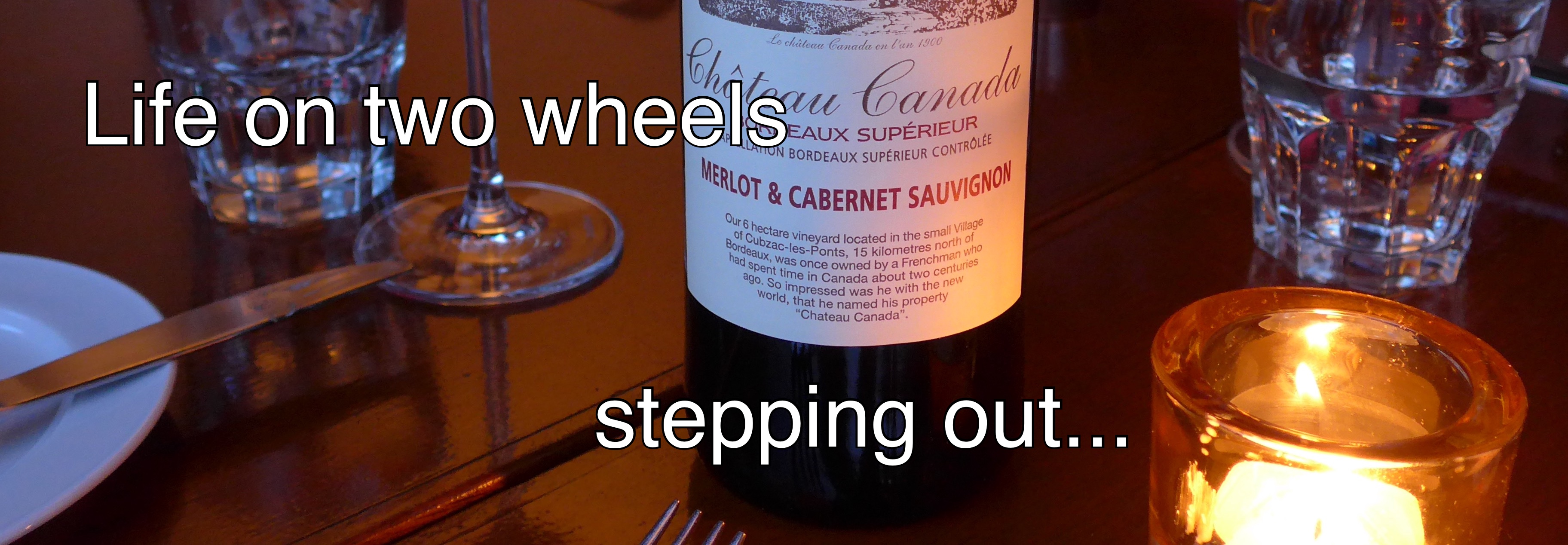

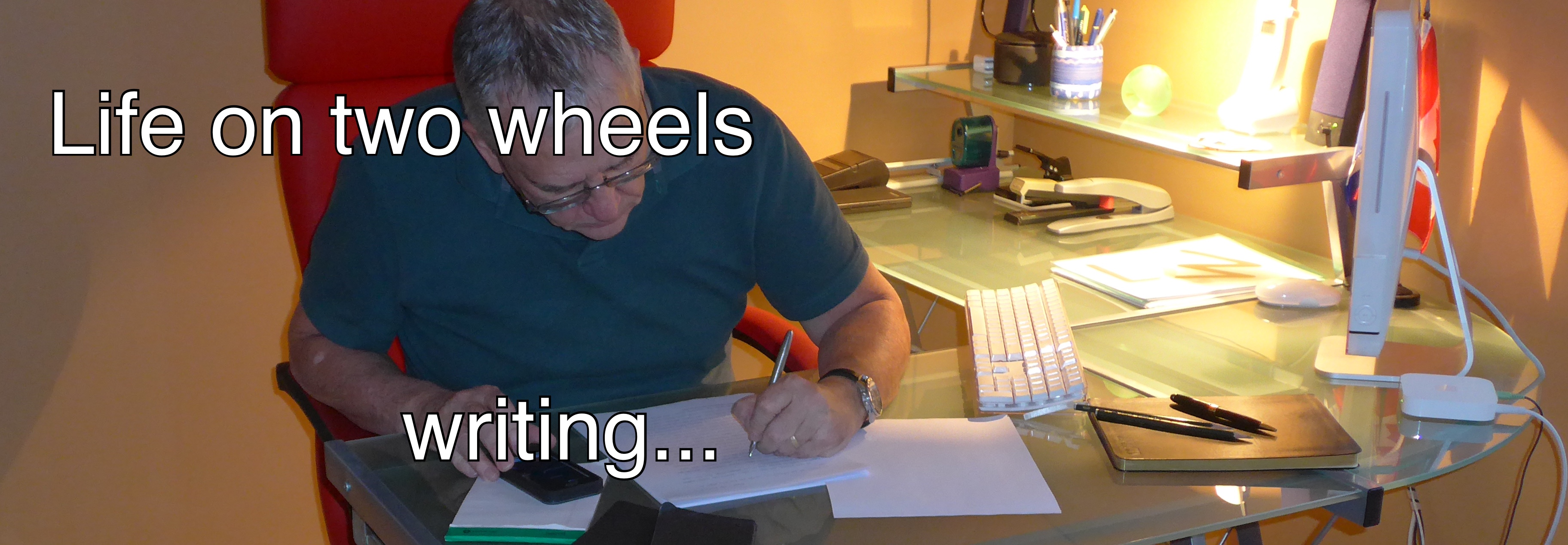
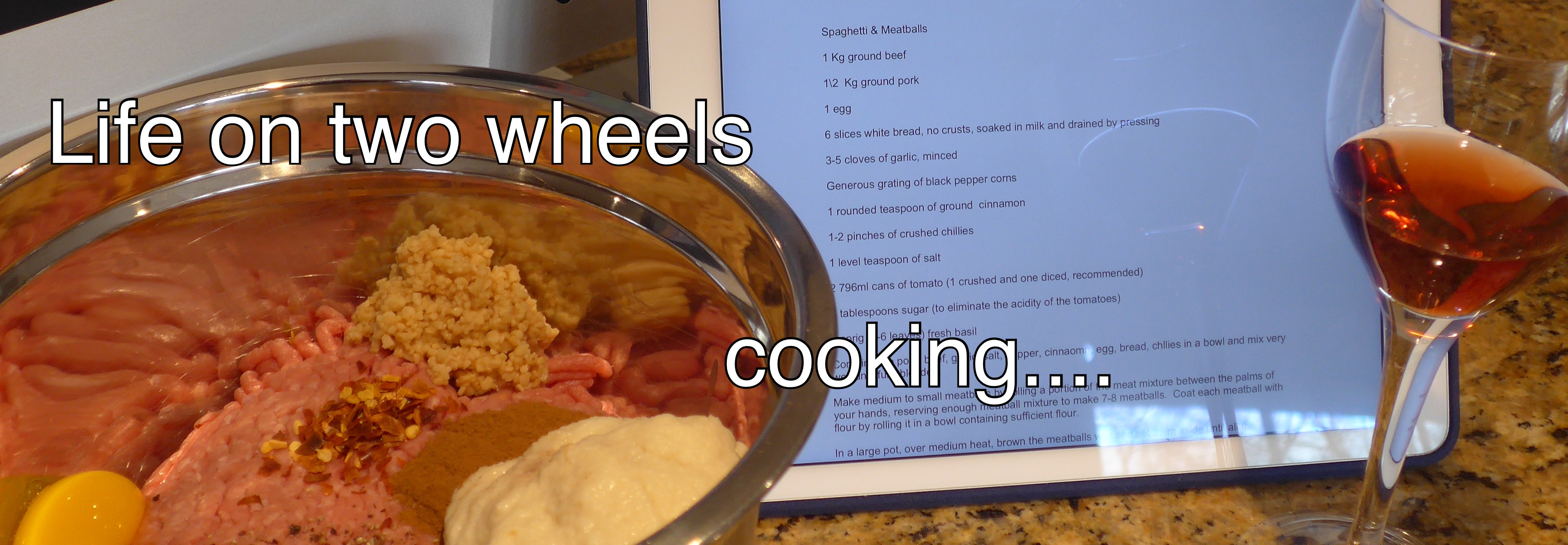
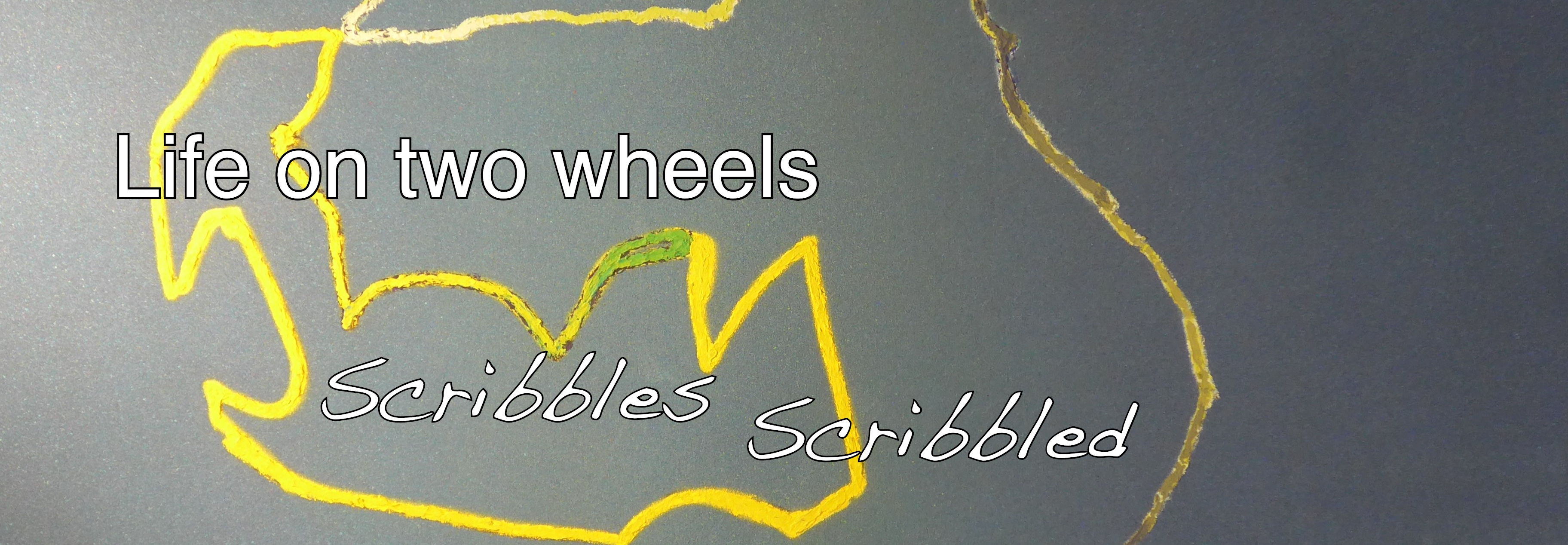
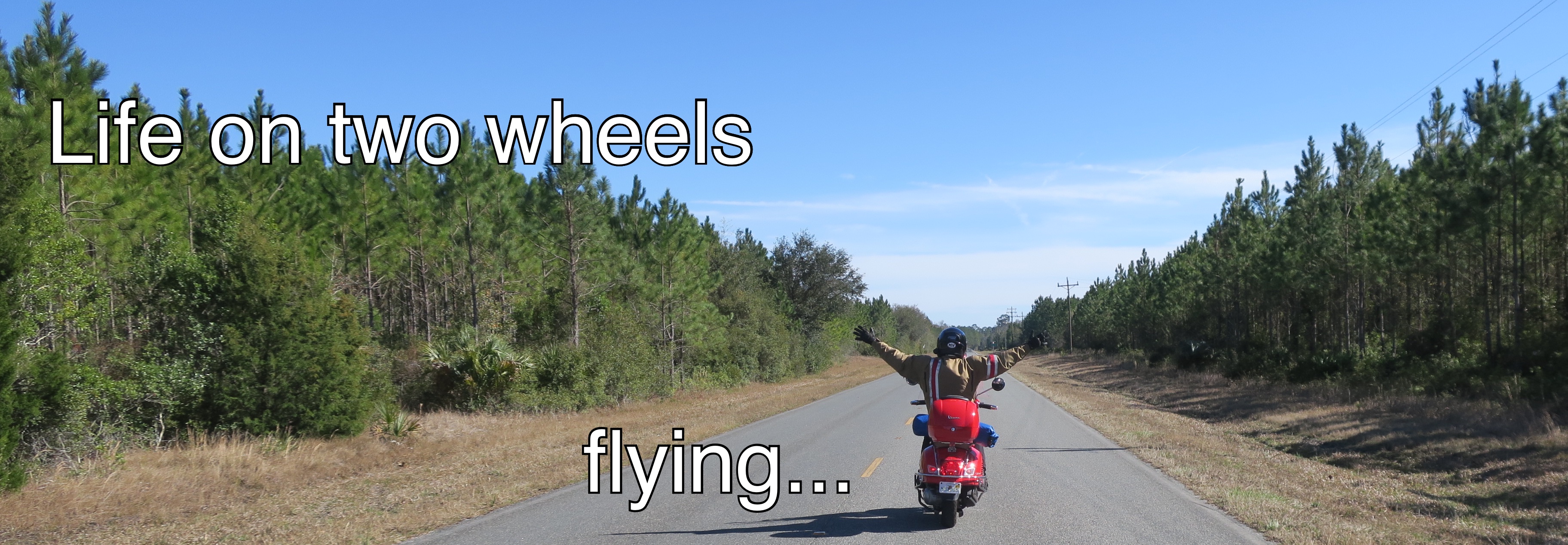
6 comments:
I found your last post not surprising at all, I think it was just a matter of time. But I also think the path back to full time work is who you are and it is clear your success lights you up. I don't see any reason to be concerned about it. Perhaps your creativity is your work and if that is so you need to embrace it to be fulfilled.
I learned a lot from my Catastrophe, not least that those around you suffer when you lay dying which has pushed me in the direction of family travel. Motorcycling is too selfish frankly so I have taken up the study of digital photography which drives me crazy as I find it far more complex than the bad old days of film. But taking pictures won't destroy my pelvis ( I hope) and the struggle to come to terms with digital sensors is engaging my brain. If ever i go back to a wheelchair my camera will be able to follow me there.
On a less tragic note now that OI am walking properly again the business of blogging has always been my outlet. In the bad old days of paper people wrote journals so as not to forget their lives and I have found Blogger to be my journal. In retirement I will not work unless obliged by some further Catastrophe but I will drive down the road take pictures and keep up my electronic page. You will work and improve people's lives and feel fulfilled.
Stop fretting.
My wife and I collect art as well and like you, we are in the low to mid 4 figure range. The value of a piece is in the eyes of the viewer. Art that my bride has purchased over the years speaks to her and I, it finds its way deep into our hearts and we never grow old of it. We recently purchased 3 pieces from Patrick Guyton. The larger of the three draws us in, sucks the viewer right into it and puts a spell on you. When my wife saw it in the gallery, she nearly cried. Her reaction to that painting is like none I've ever seen before and the curators said as much. After much deliberation, I reaffirmed for her that if she left that gallery without that painting she would regret it for the rest of her life. We actually left the gallery and 30 minutes later we were back signing papers. Her smile and joy with that art was enough for me.
What is good art? "Good" art is what makes you dread not having and brings your wife to tears.
Michael thank you for that very thoughtful response. I want to believe that every one of your readersl learned something vital from the Catastrophe.
Life is a one-way trip we all take. The key is having as few regrets as possible. We were watching The Crown last night, the episode with the lunar landing that portrays Prince Phillip acutely resenting his sedate isolated life. I have never felt that way. I haven't taken substantial risks like mountain climbing, but I have to some degree followed challenging paths that, so far at least, have come with substantial rewards.
Your unflinching account of the Catastrophe and of the way you clawed your way out of that pit, was something very few people would have dared. That you did it took determination and courage. I don't think you will ever fully appreciate the good that came, and will come from that extraordinary effort.
@ WhenIRide, thank you for stopping by and posting your comment.
I had a colleague who often said that the key to getting a good price for your home when the time comes to sell is to have art on the walls.
I share your view that the real value of art to collectors like us is to be in the company of art that speaks to us over time in a meaningful way.
It doesn't always have to cost a lot of money. Many years ago there was a building under construction in Montreal that I passed daily. Predictably the construction hoarding fence began accumulating graffiti and posters. There was one hastily drawn image that I loved. One day I noticed that someone had stapled movie posters all over it. I came downtown on my bike on the weekend with a pair of pliers and a camera. I managed to remove all the posters and take a picture of the graffiti. With a little luck and some help from a family friend with access to an amazing photography lab, I managed to get a more or less life-sized copy of the graffiti that has hung in my office ever since, more than 30 years now. I now have a strong emotional attachment to that art.
As often is the case, I'm late to the conversation. I felt compelled to comment because you, and the commenters, raised ideas that have been moving through my head for a long time.
Art is a complex topic made even more so when focusing on appreciation versus criticism versus theory versus collecting versus investing versus producing.
I regret not collecting more art. I've had the opportunity to trade photographs or purchase paintings and such from students and end up with work that has become valuable. But I never pursued it really. I have a friend who has a vast collection of art that will more than fund retirement for several people and he never spent a dime on the works. All of it has been amassed via his connection to the art community at the foundation level -- he made trades of his work for the work of other artists. And some of the those people after 30 years have become famous and the work skyrocketed. I recall an afternoon session with a professor who was a sculptor but loved photography. He had traded as well. I viewed in awe a dozen photographs by Michael Kenna, a box full of Diane Arbus prints, and dozens if not hundreds of dye transfer prints by Eliot Porter. I could only guess at what else he might have squirreled away.
With each, they chose the art because they loved what they saw. They were not investors or trying to build a specific collection. They just wanted the image and had a way to barter for it. And to each, art was an important part of their life.
I no longer ask the question, "Is it art?" The answer is for all of us -- "Yes." There are no requirements or standards to be art aside from being produced by a human. The question becomes more confusing when you ask if it's Art with a capital "A." That designation comes from the magical world of museums, galleries, critics and academics. It's not where I chose to live.
So the things you produce, and Michael produces, that are published on your respective blogs are art. Someone else gets to decide whether it becomes Art. And sometimes that designation doesn't come until the artist has been dead for 50 years or longer.
Michael's comment shook me a bit as he touched on a subject that has been drifting in my mind for months -- riding as being frankly too selfish. I've recognized a growing whisper that it may be time to stop riding. That a period of my life has come to an end. The reasons are different but it is unsettling to give voice to that kind of change.
Anyway, I just try and move on day by day with an honest response to whatever life presents for me to act upon or respond to. And I recognize that the passion to ride has decreased dramatically while the spark to use the camera continues to grow. And as Michael suggests, the camera is not likely to destroy any part of my body.
Best wishes for a great New Year!
Not sure I can add much to the discussion, but "art" at times is in the eyes of the beholder. I am surprised at what some consider art, but then there are times when it seems art is obvious. I suspect some art at the time created was not well received, but now is considered great art. I guess time has a way of culling out good vs bad art.
Post a Comment